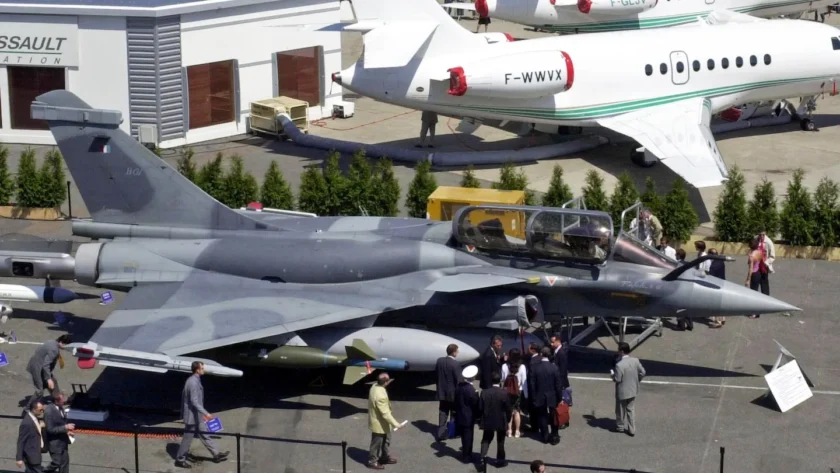Siliguri: India has sharpened its strategic posture along the eastern frontier with the establishment of three new military garrisons near the sensitive Siliguri Corridor—an area long considered one of the most critical pressure points in the country’s national security architecture. The development comes amid heightened concern over China’s rapid military build-up across the Line of Actual Control (LAC) and its expanding defence collaboration with Pakistan.
The Vulnerable Lifeline to the Northeast
Popularly referred to as the “Chicken’s Neck,” the Siliguri Corridor is a narrow, 17-kilometre-wide stretch that serves as the sole land link between the Indian mainland and the eight northeastern states. Flanked by Bangladesh, Nepal, Bhutan, and China’s Chumbi Valley in Tibet, the corridor’s unique geography makes it both strategically invaluable and inherently vulnerable.
The corridor hosts an elaborate network of highways, railway lines, and air routes extending from Darjeeling and Jalpaiguri into Assam and Arunachal Pradesh, making its security indispensable for national unity, territorial connectivity, and rapid military mobilisation.
Chinese Build-Up Raises Alarms
Recent satellite intelligence from Planet Labs indicates that China has been constructing fortified air defence sites in the Tibet Autonomous Region. These installations reportedly include retractable-roof shelters designed to conceal missile systems, enhancing operational readiness while reducing detectability.
Defence analysts suggest that Beijing’s sustained infrastructural push aims to improve missile survivability and shorten response times. Coupled with China’s deepening military partnership with Pakistan, Indian planners view the developments with growing concern.
Lieutenant General Rahul R. Singh, Deputy Chief of Army Staff (Capability Development & Sustenance), remarked that China is increasingly using Pakistan as a “live test bed” for advanced weapons systems. Noting that nearly 81% of Pakistan’s military hardware originates from China, he warned that Beijing’s real-time intelligence sharing with Islamabad provides tactical advantages during high-level negotiations.
India’s Multi-Layered Response
India has accelerated defensive preparations across the eastern theatre, reinforcing a region that already houses Rafale fighter jets, BrahMos missile regiments, and S-400 air defence systems.
The three new garrisons—at Bamuni (Assam), Kishanganj (Bihar), and Chopra (West Bengal)—are designed to plug strategic gaps and enable swift troop deployment.
-
Bamuni: The Lachit Barphukan Military Station, under Tezpur-headquartered 4 Corps (Gajraj Corps), will serve as a surveillance, area-control, and counter-infiltration hub.

-
Kishanganj: Envisioned as a rapid deployment centre and logistics lifeline connecting the corridor to central command zones.
-
Chopra: Expected to oversee intelligence coordination and border response under the Brahmastra Corps.
Eastern Army Commander Lieutenant General R.C. Tiwari laid the foundation stone for the Bamuni installation after reviewing troop readiness at Chopra. The new garrisons are also expected to significantly tighten coordination with the Border Security Force (BSF) along the 4,096-kilometre India–Bangladesh border, helping overcome long-standing operational gaps.
A Show of Air Power in the Northeast
Reinforcing the region’s rising strategic prominence, the Indian Air Force conducted its first major air show in the Northeast at Guwahati. The display featured frontline aircraft performing complex aerial manoeuvres, drawing wide public attention.
Assam Chief Minister Himanta Biswa Sarma called the spectacle a testament to the “strength, skill, and spirit” of the IAF, noting that such a demonstration so close to the narrow corridor—where four international borders converge—sends a clear message of India’s preparedness.
Siliguri: India’s Strongest Defence Corridor
Army Chief General Upendra Dwivedi recently described the Siliguri axis as India’s “strongest defence corridor,” reflecting the region’s upgraded logistics, multi-directional troop mobility, and enhanced air defence cover. Integration of formations across West Bengal, Sikkim, and the Northeast has made coordinated responses more agile and more robust.
Beyond Defence: The Corridor’s Civil and Economic Value
The Siliguri Corridor is more than a military chokepoint—it is the economic and logistical gateway to the Northeast. The New Jalpaiguri (NJP) railway hub forms the backbone of freight and passenger traffic into Assam, Nagaland, Meghalaya, and Arunachal Pradesh. From Guwahati, strategic road routes extend toward Tawang, a critical frontier location near the LAC.
A Hardened Shield for the East
With new garrisons reinforcing layered defences, upgraded air power in the region, and integrated transport arteries sustaining both civilian and military movement, the Siliguri Corridor now stands more secure than ever. It remains not only the lifeline to the Northeast but also a fortified wall against hostile manoeuvres along India’s eastern flank.






